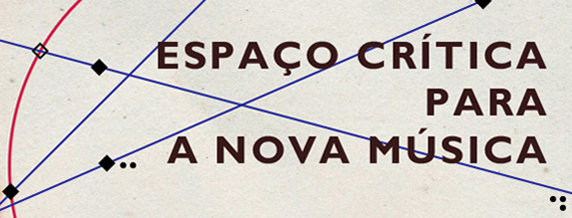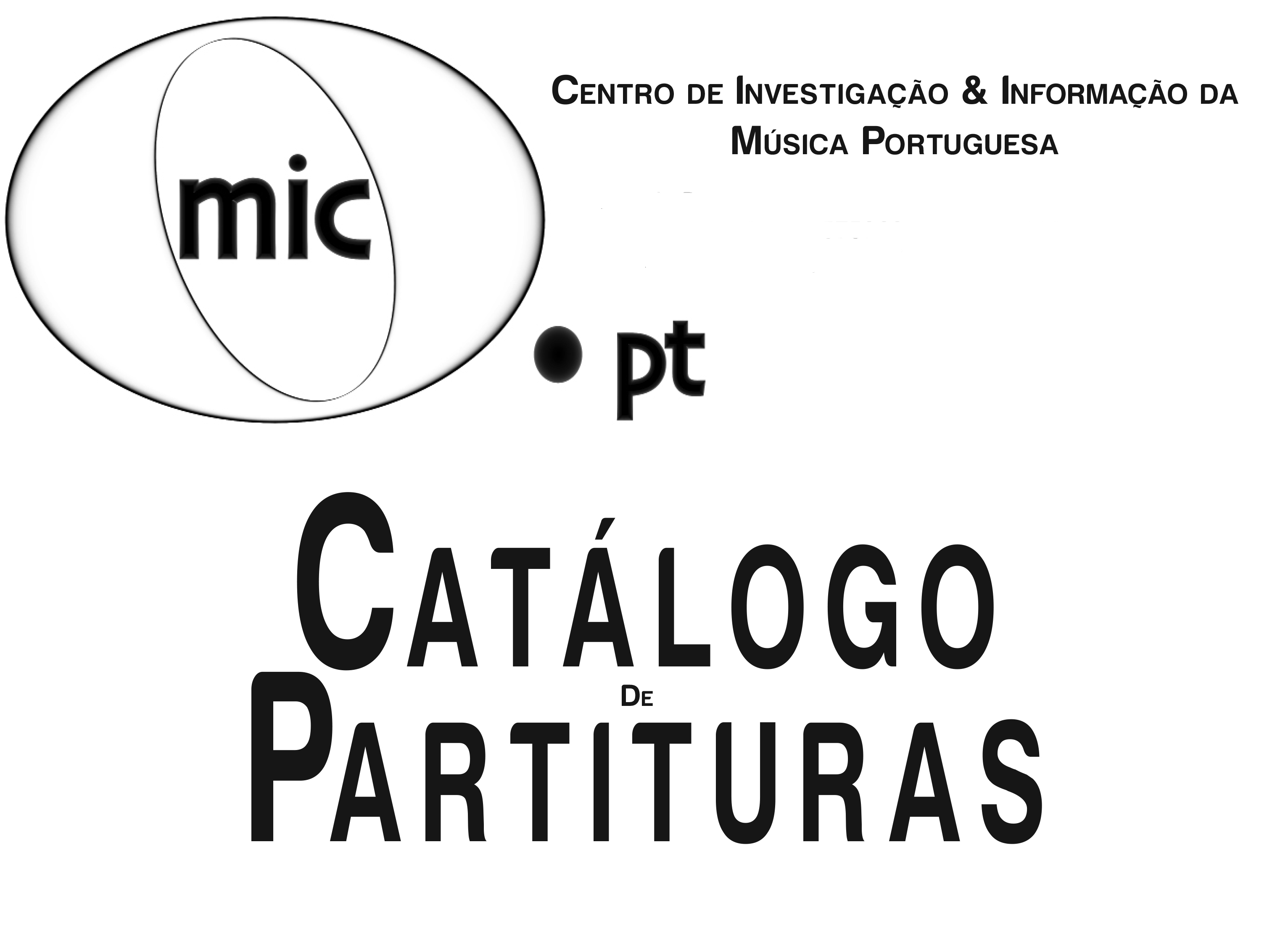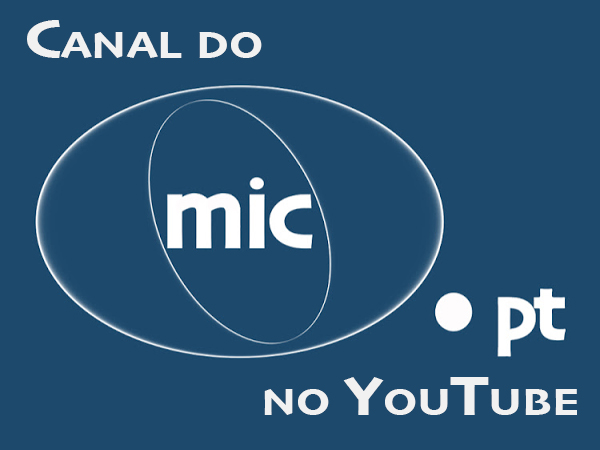“ (…) I do not feel prisoner of any tendency, technique or aesthetics. From one moment to another I can feel like expressing myself in this or that form. Perhaps I have become increasingly open to whatever comes to me.”[1]
Born in Lisbon on June 26, 1934, composer, professor, musicologist and pianist, Filipe Pires affirmed the freedom in resorting to a variety of styles, from his first impressionist, neoclassical and atonal passions towards electroacoustic music and open forms, being one of the pioneers in Portugal of the two latter approaches.
“As if genetically destined for music, Filipe Pires revealed himself quite early as a pianist and composer.”[2] He initiated his musical studies at the age of six. At the National Conservatoire he graduated from the Piano superior course with Lúcio Mendes and from Composition with Artur Santos and Jorge Croner de Vasconcelos. He continued his studies in Hannover and Salzburg from 1957 to 1960, giving performances in various European countries. “…I presented myself both as a pianist and composer, and I also performed my own pieces”, says Filipe Pires in the interview conducted by Pedro Figueiredo and published in the Arte Musical magazine. “And there I simply became more and more enthusiastic about composition. (…). I tend to say that I went abroad as a pianist and came back as a composer.”[3] Between 1963 and 1965 the composer made various visits to the Darmstadt Courses (with Pierre Boulez and Karlheinz Stockhausen, among others), some of them in the company of Jorge Peixinho. After his return to Portugal he exercised an intense pedagogical activity, as Composition professor at the Music Conservatoire in Porto, along with music critique, realization of courses, conferences and numerous public performances, many of them at the Portuguese Radio and Television.
At the beginning of the 1970s with a scholarship from the Calouste Gulbenkian Foundation, Filipe Pires made a two-year residency in Paris, dedicated to electroacoustic music and directed by Pierre Schaeffer, the “father” of “musique concrete”. Back in Portugal, he assumed the direction of the National Conservatoire, where in the curricular programme he introduced the discipline of Electroacoustic Music and reinstituted the discipline of Analysis. “[The discipline of Analysis]”, recalls Filipe Pires in the interview of the Arte Musical magazine, “had existed before, a long time ago, in the years of the first reforms by Luís de Freitas Branco and Vianna da Motta. It was precisely Luís de Freitas Branco who introduced this discipline in the programmes of the conservatoires, but it did not last long, as the 1930’s came and the discipline disappeared. I think that it is very important to open the «toy» in order to see what it has inside; the surface is not enough. So when I was professor at the Lisbon Conservatoire I not only reintroduced Analysis but also included Electroacoustic Music, (…).”[4] According to the composer, until the 1980s contemporary music education in Portugal had an experimental character, which “then acquired a pseudoscientific and academic attitude, prone to recover archaic forms, rather than other musical approaches as the open form, improvisation, algorithmic composition and random processes, electronics or jazz.”[5]
In the second half of the 1970s Filipe Pires was Music Specialist at the UNESCO International Secretariat in Paris, participating in official missions to various countries in Eastern Europe, Africa and Latin America. “My passage through UNESCO (…), the contacts at diplomatic level with representatives from various member countries, the official missions to Africa, Latin America and Eastern Europe, revealed some unexpected horizons in my activity as composer. My profound interest in this respect revealed itself, for example, in works like Canto Ecuménico and Epos.”[6]
In 1979 Filipe Pires became President of the Juventude Musical Portuguesa (Portuguese Musical Youth) and Vice-president of the Sociedade Portuguesa de Autores (Portuguese Author’s Society), simultaneously continuing intensively his creative activity. He also made part of the Installation Committee of the Superior School of Music and Performing Arts in Porto and between 1997 and 1999 he was artistic director of the Porto National Orchestra.
Apart from music critique Filipe Pires wrote various didactic, biographical or analytical works on Portuguese music and musicians.
As a pianist and composer he received various national and international awards, among which one should point out: 1st Piano Prize of the Portuguese Musical Youth (1950), the Concours Quatuor Award (Liège, Belgium, 1959), the Alfredo Casella Prize (Naples, Italy, 1960) and the Calouste Gulbenkian National Composition Prize (1968). His work Diálogos was chosen for the International Rostrum of Composers (Paris) in 1976.
The Music of Filipe Pires
As a composer Filipe Pires began by following the French school, namely impressionism and neoclassicism, as in the Sonata for piano from 1954, being influenced by his first Composition professors, Artur Santos and Jorge Croner de Vasconcelos, as well as by the “Portuguese classical music environment from the 1960s.”[8] It was since his String Quartet that he made increasing use of chromaticism, what led him, from an atonal language towards dodecaphony, as in the piece Akronos for string orchestra composed in 1964 in Berlin. “Without following a rigorous serialism, Akronos lies in the wake of Webern’s dialectics of sound and silence”[9], emphasizes José Manuel Bettencourt da Câmara in the booklet of the PortugalSom CD edition of Filipe Pires’ orchestral works.
In 1968 the composer wrote the work Portugaliae Genesis, for which he received the Gulbenkian Composition Prize, by decision of a jury composed of Luciano Berio, Richard Rodney Benett, Jorge Croner de Vasconcelos, Armando José Fernandes, Filipe de Sousa, Gianfranco Rivoli and Pierre Salsmann. Constructed out of texts extracted from Monarchia Lusitana and Portugaliae Monumenta Historica, this work is a vast choral and symphonic fresco whose theme is the historical background of the Portuguese nation, since the so-called barbaric invasions to the proclamation of Afonso Henriques as the first king of Portugal in 1143. “The treatment of the literary prime matter couldn’t have not posed various problems for the composer, given the need to avoid the historical pastiche and guarantee the authenticity of the musical results”, writes José Manuel Bettencourt da Câmara. “Without abstaining from historical references derived from the Arabic and Hebraic chants, from the polyphonic forms and medieval modes, the composer constructed an extensive sound panel, in which his individual features are evident.”[10] “I will never forget a criticism that João de Freitas Branco made of my work Portugaliae Genesis (…)”, recalls on his part Filipe Pires in the interview given to the Portuguese Music Research & Information Centre in 2004. “(…) after a lot of thought, and from amongst much praise and other objectively less precise comments, (…) he said that he thought it was odd that a 34-year-old person would produce a work which, while not vanguardist, was almost a vanguard work of the rearguard. Perhaps he expected things which I did not use in that work, although which I may have used in other works at other times.”[11]
After the period of neoclassicism, impressionism and chromaticism Filipe Pires began exploring languages and techniques, which involve timbral combinations, substitutability and variability, as well as random processes. In the 1970s he also became interested in electroacoustic composition, having composed such works as Litania, Homo sapiens and Canto Ecuménico.[12] In one of the answers to the Questionnaire to Portuguese Composers, Contexts of Modernity (Inquérito a Compositores Portugueses, Contextos da Modernidade) coordinated by Ângelo Martingo and published by the Atelier de Composição, Filipe Pires says: “During a residency (…) in Paris, I attended the Electroacoustic Music Course directed by Pierre Schaeffer. The digital era was yet to be born and everything was being processed with analogue means, comprehending montages by means of cutting and splicing the magnetic tape. I became particularly interested in the «concrete» side of electroacoustic composition, even though I had the opportunity to have contact with some aspects of electronic synthesis. It was a completely new world for me, translating into a period when I dedicated myself particularly to this kind of composition, which in its turn came to influence my technique of instrumental orchestration.”[13]
As composer Filipe Pires doesn’t limit himself to closed nuclei, having affirmed that, “every work’s particular problems determine specific morphological and syntactical choices”[14]. In this sense he explored successively, tonality, modality, chromaticism, atonalism, dodecaphony, integral serialism, mosaicism, aleatoricism and minimalism, as well as the possibilities offered by new technologies. Additionally, the 1980s awakened his attention towards music theatre with such pieces as Tordesyalta and Zoocratas, in which one can find certain indeterminacies implicit in the composition and a bilateral relation between the composer and the performer; “there are areas of invention authorizing the performer for his own writing.”[15] “I always feel I am myself”, emphasizes the composer in the mic.pt interview, “although this may constantly be a different me… as in many cases I can look to the past and go for techniques or composition systems, which I have already used, even though I would formulate them in a different manner. It is a bit like fashion… loose or tight trousers… When a fashion comes around again after it was the rage thirty years ago it is not exactly the same – there is something that is brought back but at the same time reformulated and sent in another direction.”[16]
The countless etiquettes or typological classifications of Filipe Pires’ works as “neoclassical”, “post-serial” or “post-webernian”, etc., have revealed themselves insufficient in order to encompass the multiplicity of his musical creation, giving place to the artificial division between modern and post-modern.[17] As the composer himself emphasizes in the mic.pt interview: “I think the mixing of styles, what we today have agreed to call post–modernism, is only pejorative for those who do not understand things or who understand them unilaterally (…). But as for mixing various styles within a given work, (…), I have the impression that even before post–modernism itself was invented I was already doing this after a fashion – which is what made them even call me a musical reactionary.”[18]
Filipe Pires is particularly sensible to certain forms of visual arts as painting, dance, photography or cinema, what gave origin to works such as Sintra – Música para uma Curta-Metragem Imaginária (1969), a kind of “impressionist” and programmatic music, yet not following the concept’s historical rules. In more recent years he has also shown interest in the question of work as communication process and as he mentions in the mic.pt interview: “Obviously, an artist (…) should not stoop to the point of trying to please a less illumined audience (…). Nonetheless, if he rises too far he runs the risk of having only half a dozen listeners and spectators who understand the message. (…). We need to communicate with someone; we shouldn’t bury our head in the sand. (…). So, within the same work it is necessary to reconcile aspects, which can be digested by various publics.”[19]
Filipe Pires is one of the most illustrious musicians in Portugal and, considering the transversal and multiple character of his work, a key figure in the History of Portuguese Contemporary Music. Without any doubt, in the work of any author there are organic ingredients, which derive from the influences within style, school or technique, however, what gives identity to the music of Filipe Pires is precisely the originality of the individual discourse – it is evidenced in the traits of liberation from the influences, in the symptoms of the need for renovation, resulting in a music that constitutes an amalgam of various tendencies or techniques, yet without compromise or direct filiation.
Filipe Pires on Música Hoje (Music Today): LISTEN TO PROGRAMME (broadcast on May 24 2014, Antena 2)
Filipe Pires on YouTube:
Duas Cantigas de Amigo (1949)
1. Ai Madre, moiro d’Amor!
Sintra – Música para uma Curta-Metragem Imaginária (1969)
Budapest Philharmonic Orchestra conducted by János Sándor
Figurações II (1969)
Sofia Lourenço – piano
Homo Sapiens
Electroacoustic work
---
1 Interview with the composer Luís Filipe Pires conducted by Pedro Figueiredo in: Arte Musical, April, No. 3, 4th Series, Volume I, p. 106, Lisbon 1996; English translation: Jakub Szczypa
2 Jorge Lima Barreto, Filipe Pires, Meloteca Articles 2009, p. 2; English translation: Jakub Szczypa
3 Interview with the composer Luís Filipe Pires, op. cit., p. 102
4 Ibidem, p. 106
5 Jorge Lima Barreto, op. cit., p. 6; English translation: Jakub Szczypa
6 Questionnaire to Filipe Pires coordinated by Ângelo Martingo in: Contextos da Modernidade. Um inquérito a compositores portugueses; Atelier de Composição, Porto, September 2011, p. 22-23; English translation: Jakub Szczypa
7 Patrícia Bastos, Pires, Filipe in: Enciclopédia da Música em Portugal no Século XX; direction: Salwa Castelo-Branco; Lisbon 2010, p. 1011; English translation: Jakub Szczypa
8 Ibidem
9 José Manuel Bettencourt da Câmara, Introduction in the booklet of the CD released by PortugalSom (CD 870019/PS) with Filipe Pires’ orchestral works; English translation: Jakub Szczypa
10 Ibidem
11 Interview to Filipe Pires conducted by Miguel Azguime and realized at the Superior School of Music and Performing Arts in Porto in July 2004, and available online on mic.pt
12 Patrícia Bastos, op. cit., p. 1011; English translation: Jakub Szczypa
13 Questionnaire to Filipe Pires coordinated by Ângelo Martingo, op. cit, p. 26; English translation: Jakub Szczypa
14 Interview to Filipe Pires in: Sérgio Azevedo, A Invenção dos Sons. Uma Panorâmica da Composição em Portugal Hoje, Editorial Caminho, Lisbon 1998, p. 115; English translation: Jakub Szczypa
15 Jorge Lima Barreto, op. cit., p. 5; English translation: Jakub Szczypa
16 Interview to Filipe Pires conducted by Miguel Azguime, op. cit.
17 Jorge Lima Barreto, op. cit., p. 2; English translation: Jakub Szczypa
18 Interview to Filipe Pires conducted by Miguel Azguime, op. cit.
19 Ibidem





